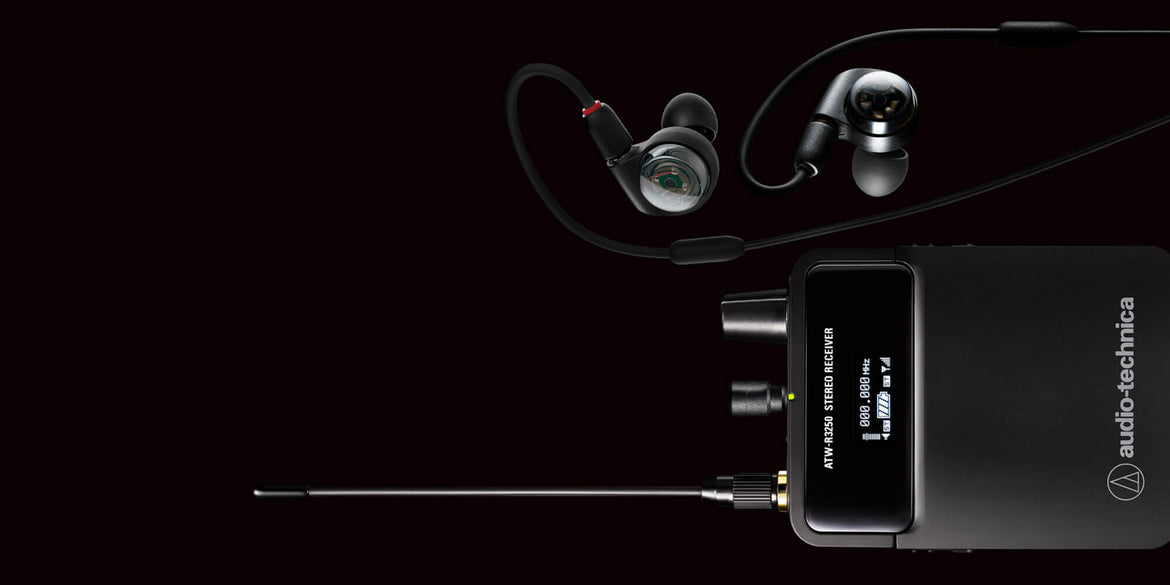
The Complete Guide to In-Ear Monitors
In the past, musicians and singers relied on bulky stage speakers to hear themselves and their bandmates during performances. These speakers took up a lot of space and could have serious limitations for sound clarity. Now, musicians can experience improved sound quality and the ability to move freely on stage by using in-ear monitors.
In the past, musicians and singers relied on bulky stage speakers to hear themselves and their bandmates during performances. These speakers took up a lot of space and could have serious limitations for sound clarity. Now, musicians can experience improved sound quality and the ability to move freely on stage by using in-ear monitors.
Bananas at Large offers a terrific selection of in-ear monitors for musicians and singers that offer improved performance and clear sound across a variety of ranges. When performers can hear their music, they can put on the best show for their fans. In-ear monitors also offer benefits to music producers who want to create perfect tracks and hear their albums clearly during editing.
What Are In-Ear Monitors Used For?
In-ear monitors are a relatively simple piece of technology that can work wonders on the stage or in the recording booth. In-ear monitors have an earpiece that rests in the musician's or producer's ear and a small receiver that you wear as a belt pack. This receiver picks up a message from a transmitter and allows you to hear your instrument or voice clearly through the earpiece.
In-Ear Monitors: On Stage
One of the most common uses of in-ear monitors is during performances, so musicians can hear their instruments or voice over the other music and the crowd. Instead of using traditional stage monitoring, performers can hear themselves and their bandmates clearly to stay in tune and on tempo. When you can hear yourself without straining your ears, you can focus on performing at your best. Wireless in-ear monitors also let you move freely around the stage without worrying about drifting too far from your speaker. In-ear monitors allow more space for jamming out instead of dodging bulky speakers.
When your band uses in-ear monitors while performing, you can also enjoy the benefits of lower stage volume. Instead of competing with your bandmate's instruments and the roar of the crowd to hear yourself play, in-ear monitors for bands let you comfortably hear your instrument when playing at lower volumes. Your ears will enjoy the benefit of lower decibels, and your vocal cords will thank you for the break. Lower stage volume also helps your sound engineer have better control over what your audience is hearing while allowing every member of your band to play at their preferred volume. When your house engineer has more flexibility for mixing, your fans will hear your band's best sound.


In-Ear Monitors: In the Studio
The other most common use of in-ear monitors is in the recording studio. When you're recording your part for a track or album, you can listen to the rest of the instruments through your in-ear monitors to stay on beat. Producers can also use in-ear monitors to produce higher-quality recordings and perform better editing and mastering. Providing crisp, clear sound, in-ear monitors can be just the tool you need to make your best music.










